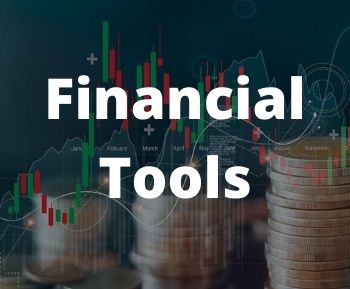Trends come and go. The best of the best in any field know when to read the tea leaves and make informed decisions about when and how to shift in and out of these trajectories.
Several pop up within the field of money management. Some are meant to create short-lived “product” to entice investors to lighten their wallets and invest in what often become fads while others serve as long-term deserved options not only for investors but those within the industry itself. One of the best-known additions to the basket of choice(s) has been the introduction of Exchange Traded Funds (ETF’s).
According to Morningstar, during 2016, a total of $287 Billion in “new” money alone found its way into ETF’s in the United States. ETF’s for the most part are considered to be “passive” investments. Now while passive investing appears to be your friend when the whole market is going up, and we’ve enjoyed this for the last 8 years, consider what happens when it starts to face a variety of economic factors, political uncertainty or a marked change in investor sentiment?
For the most part, since March 9th, 2009, the old adage of giving a set of darts to someone and letting them throw them at the market dart board would have probably paid off with decent results. The S&P 500 has offered up annualized returns of 15% since then. However, it’s no secret that the assent has become more of challenge and we may well be in the late stages of an economic cycle Stateside. This coupled with the prospect of those economic factors above like rising interest rates, rising equity valuations and the “unknowns” of the Trump effect suggest that it may be time to dump being passive and start to think about being better prepared.
In fact, since the start of 2017, there has been a reversal of the above trend. Managers of client funds have started to seek out “active” managers like Exponent Investment Management. The question is why?
As uncertainty increases and the market(s) being more likely to experience some degree of a downturn, moving to an “active” management position is a logical means to sidestep and mitigate one’s potential losses. Paying a small incremental difference in a fee becomes a significant bit of insurance against the downside when markets have performed so well and unchecked for so many years. Especially against the backdrops we face today.
From personal experience, I can go back to “pre-2008” and recall one incident when an individual believed the price of oil was going to hit $200/barrel. I had a compounded return of 17% for the previous 3 years but in July of 2008 moved the portfolio to 36% cash. Needless to say, I lost that portfolio and it was converted to 100% large cap ETF’s to mirror North American markets. Consider what happened when the market fell out of bed a few months later – 30% losses of all capital in one fell swoop. That takes a lot of time to recover from and all to save a few dollars in fees. A huge cost.
So, I ask again, are you prepared or happy to remain passive?
**Investors Pulled $2 Billion from Dow ETF Last Week or 12.5 of its value Feb 21, 2017 **





